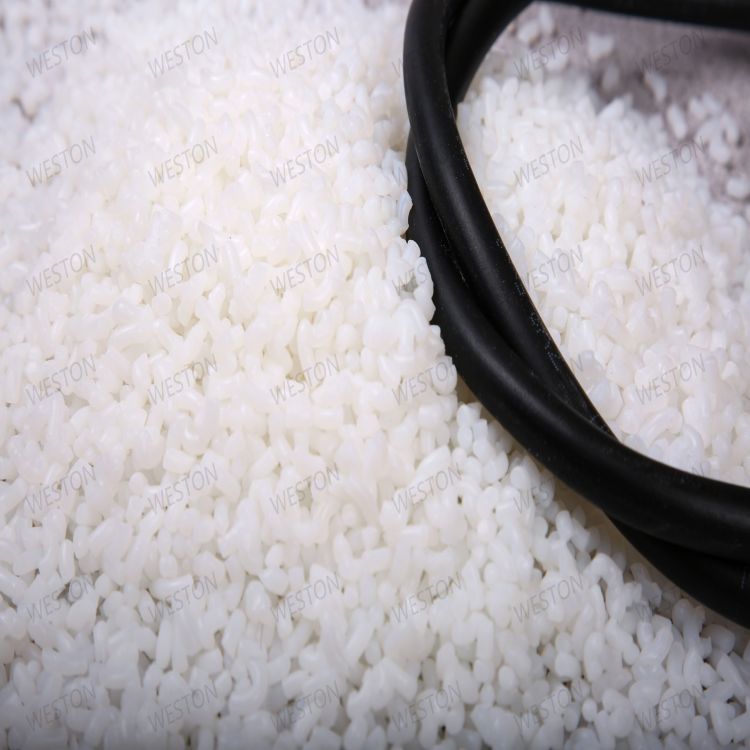-
Categories
-
Pharmaceutical Intermediates
-
Active Pharmaceutical Ingredients
-
Food Additives
- Industrial Coatings
- Agrochemicals
- Dyes and Pigments
- Surfactant
- Flavors and Fragrances
- Chemical Reagents
- Catalyst and Auxiliary
- Natural Products
- Inorganic Chemistry
-
Organic Chemistry
-
Biochemical Engineering
- Analytical Chemistry
- Cosmetic Ingredient
-
Pharmaceutical Intermediates
Promotion
ECHEMI Mall
Wholesale
Weekly Price
Exhibition
News
-
Trade Service
1.
Laboratory quality control includes intra-laboratory quality control and inter-laboratory quality control.
(1) Quality control in the laboratory
(2) Quality control between laboratories
2.
(1) Determination of blank test value
1) Measurement method
2) Qualification requirements
(2) Determination of detection limit
Spectrophotometry: The detection limit is the corresponding concentration when the absorbance after deducting the blank value is 0.
Instrument analysis: The detection limit in instrument analysis should be determined according to the requirements of different instruments.
(3) Drawing of calibration curve
(4) The correlation coefficient of the calibration curve
Mature analysis methods and skilled analysts, if they can operate carefully, it is not difficult to make the absolute value of the correlation coefficient of a calibration curve |r|≥0.
For a series of concentration-signal values with a poor linear relationship, do not use regression methods to draw the calibration curve before eliminating the influencing factors that can be corrected, so as to avoid introducing large system errors
If after taking various corresponding measures, the correlation coefficient still fails to meet the requirements, there is an error
3.
Control of precision and recovery rate
(1) Precision
.
Precision refers to the degree of deviation between the results of multiple determinations of the same analyte under certain conditions and the average value.
It reflects the size of the random error and is often expressed by standard deviation (S):
In the formula-the arithmetic mean of n repeated determination results;
n——the number of repeated determinations;
x i ——the i-th measured value in n measurements
.
The standard deviation is related to the concentration of the analyte.
Therefore, the relative standard deviation (C v ) is often expressed as:
A reasonable estimate of the precision of laboratory analysis methods should include two parts within and between batches.
Therefore, repeated measurement results of different batches should be collected to estimate the total standard deviation and used as the basis for routine analysis of data quality control
.
(2) Accuracy
.
Accuracy refers to the degree of difference between the measured value and the true value, expressed in error or relative error
.
A reasonable representation accuracy should be the difference between the measured value u and the true value t
.
The mean value of the same sample infinitely measured will be close to the exact measured value u.
In actual work, the measured value u can only be estimated by the mean value of the limited number of measurements.
Therefore, the error reflecting the accuracy is the total error, that is, the system error and random Error decision
.
Therefore, improving the precision of the analysis and eliminating the systematic errors in the analysis process as much as possible are important measures to improve the reliability of the analysis data
.
Because the true value is difficult to obtain, in actual work, standard samples are often used to evaluate the accuracy of an analytical method, that is, the nominal value of the standard sample is substituted for the true value to obtain the error of the analysis result
.
In order to accurately reflect the error of the analysis result, the composition of the standard sample should be as close as possible to the measured sample
.
A very useful experiment in routine work is to analyze the "spiked samples" and calculate the recovery rate based on the expected recovery value to find the interference factors in the analysis system that affect the sensitivity
.
Therefore, the recovery rate test can be used to reflect the pros and cons of the accuracy of the analysis results
.
Related links: Error analysis and data processing of water quality analysis results (2)







